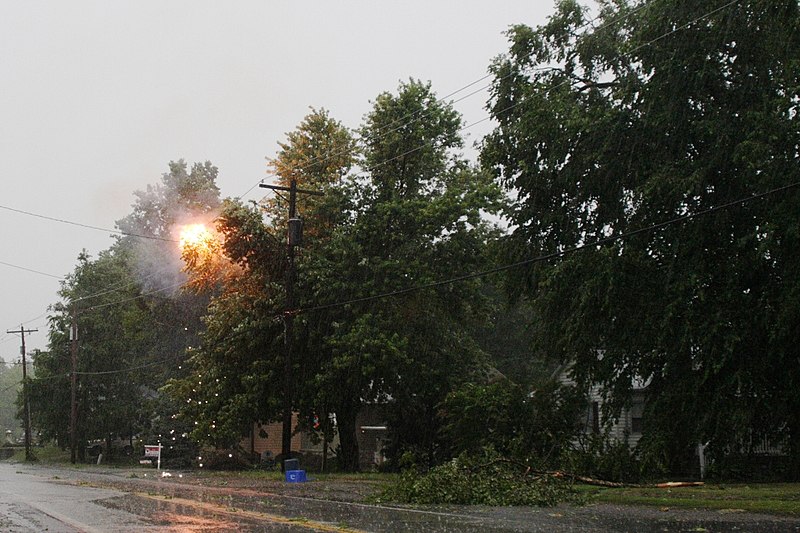
ComputerWorld | The U.S. Department of Homeland Security is looking at a report by a research scientist in China that shows how a well-placed attack against a small power subnetwork could trigger a cascading failure of the entire West Coast power grid.
Jian-Wei Wang, a network analyst at China's Dalian University of Technology, used publicly available information to model how the West Coast power grid and its component subnetworks are connected. Wang and another colleague then investigated how a major outage in one subnetwork would affect adjacent subnetworks, according to an article in New Scientist.
The aim of the research was to study potential weak spots on the West Coast grid, where an outage on one subnetwork would result in a cascading failure across the entire network. A cascading failure occurs when an outage on one network results in an adjacent network becoming overloaded, triggering a similar set of failures across the entire network. The massive blackouts in the Northeast in August 2003, which affected about 50 million people, were the result of such a cascading failure.
Wang's research was expected to show that an outage in a heavily loaded network would result in smaller surrounding networks becoming overwhelmed and causing cascading blackouts. Instead, what the research showed was that under certain conditions, an attacker targeting a lightly loaded subnetwork would be able to cause far more of the grid to trip and fail, New Scientist reported, quoting Wang. The article does not describe Wang's research (paid subscription required) or any further details of the attack.
Wang did not reply to an e-mailed request for comment seeking details on the report.


0 comments:
Post a Comment